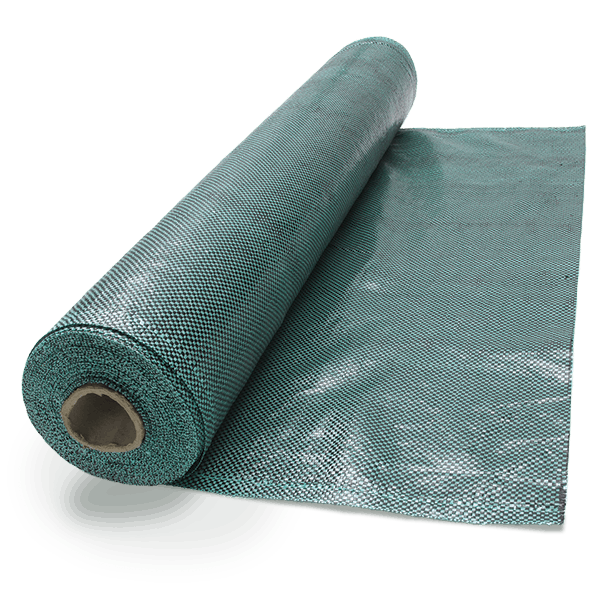SILT Fences


A silt fence, sometimes (misleadingly) called a “filter fence,” is a temporary sediment control device used on construction sites to protect water quality in nearby streams, rivers, lakes and seas from sediment (loose soil) in stormwater runoff.
Our Silt fences are often perimeter controls, typically used in combination with sediment basins and sediment traps, as well as erosion controls, which are designed to retain sediment in place where soil is being disturbed by construction processes that is land grading and other earthworks. Silt fencing is a common temporary sediment control device used in construction sites to protect the nearby streams, rivers, lakes, and waterways from runoff after a storm or from loose sediment in general from entering the waterways. There are many different forms of sediment control, but silt fencing is a popular option based on its efficiency, fast installation, and affordable price.
Our filter fence consists of high quality filter fabric stretched between a series of wooden or metal fence stakes along a horizontal contour level. The stakes are installed on the downhill side of the fence, and the bottom edge of the fabric can be trenched into the soil and backfilled on the uphill side, although it is quite difficult to move the trenched “soil” from the downside to the upside of the trench. The design/placement of the silt fence should create a pooling of runoff, which then allows sedimentation to occur. Water can seep through the silt fence fabric, but the fabric often becomes “blocked off” with fine soil particles.
